32+ Sample Literacy Assessments
-
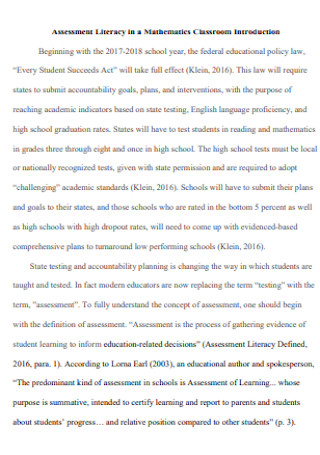
Assessment Literacy in a Mathematics Classroom
download now -
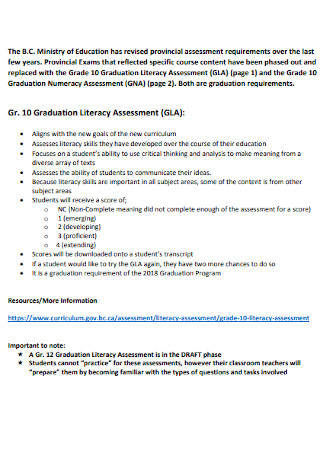
Graduation Literacy Assessment
download now -
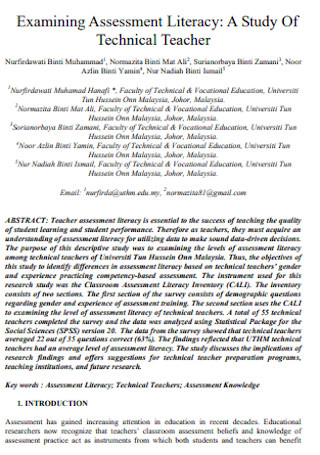
Examining Literacy Assessment
download now -

Teachers Literacy Assessment
download now -
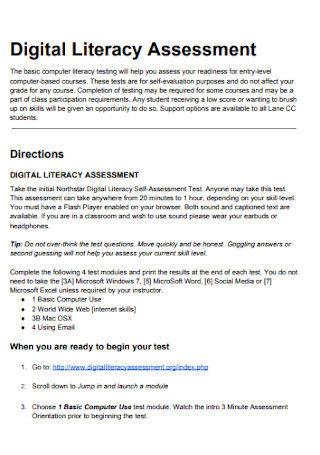
Digital Literacy Assessment
download now -
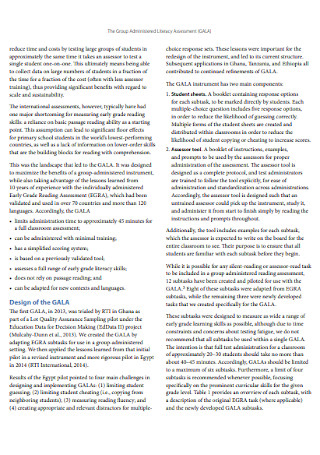
Group Administered Literacy Assessment
download now -
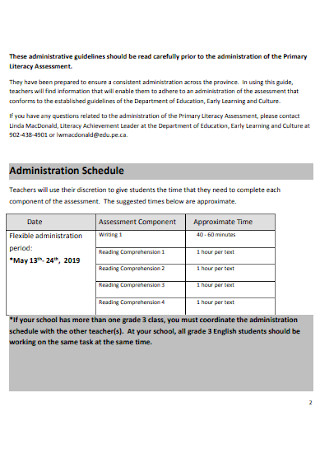
Primary Literacy Assessment
download now -

Cancer Literacy Assessment
download now -
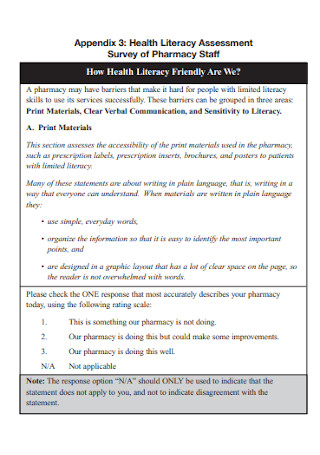
Health Literacy Assessment
download now -
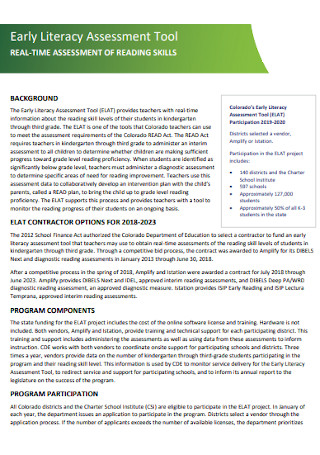
Early Literacy Assessment
download now -
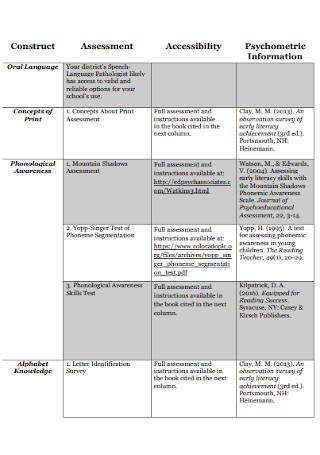
Cost Early Literacy Assessment
download now -
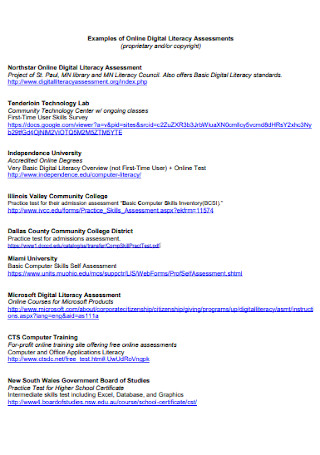
Online Digital Literacy Assessment
download now -
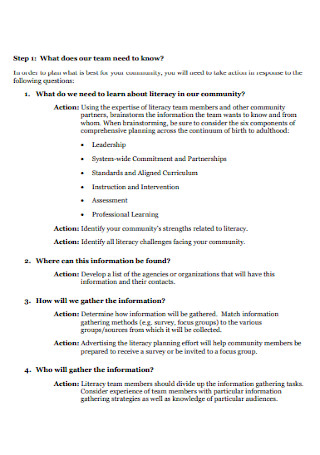
Community-Based Literacy Needs Assessment
download now -
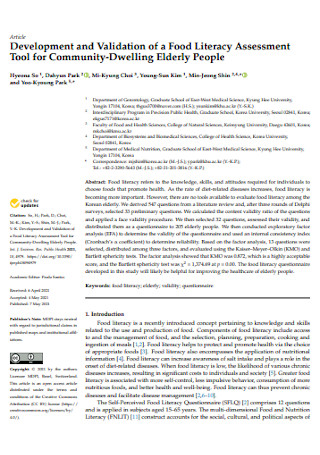
Food Literacy Assessment
download now -
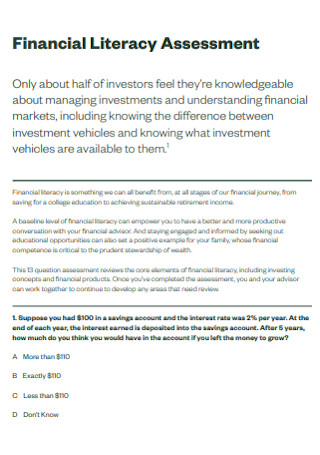
Financial Literacy Assessment
download now -
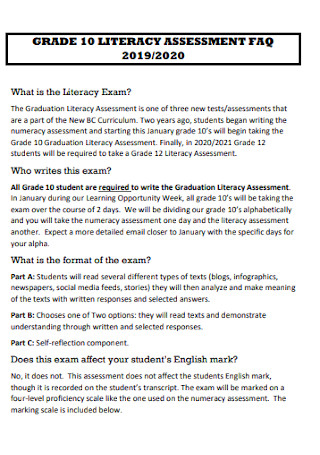
Formal Literacy Assessment
download now -
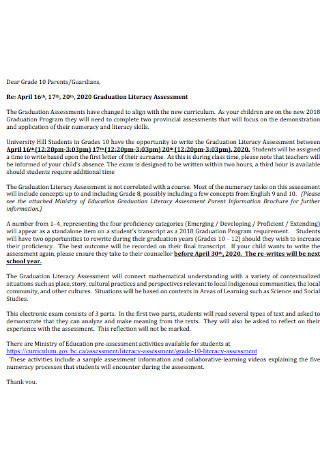
Graduation Literacy Assessment Template
download now -
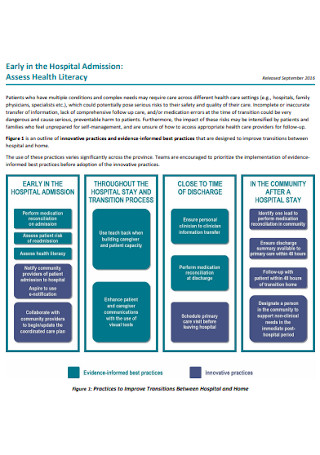
Health Literacy Assessment Example
download now -
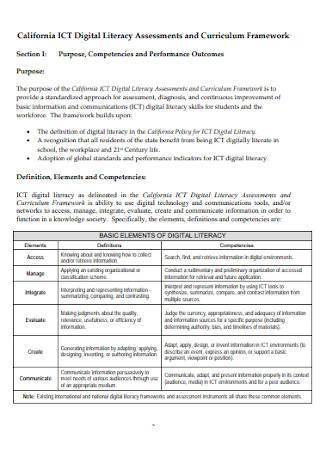
Sample Digital Literacy Assessments
download now -
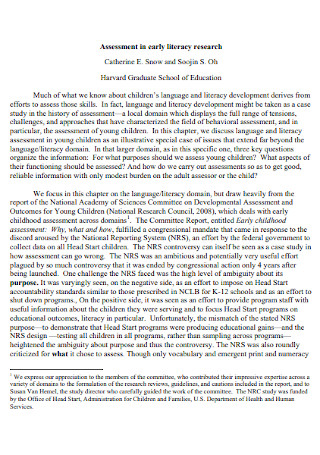
Assessment of Literacy Research Template
download now -
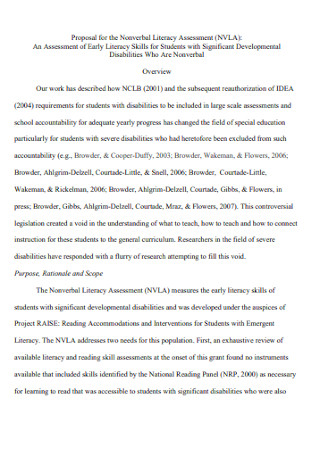
Proposal for Nonverbal Literacy Assessment
download now -
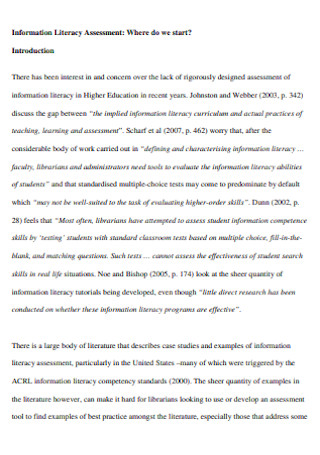
Information Literacy Assessment
download now -
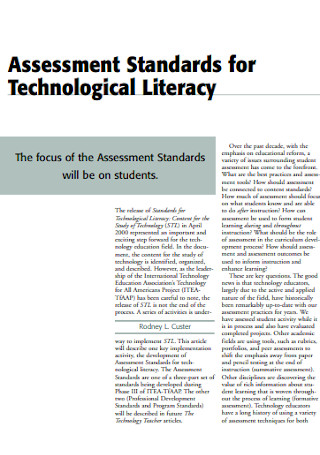
Assessment for Technological Literacy
download now -
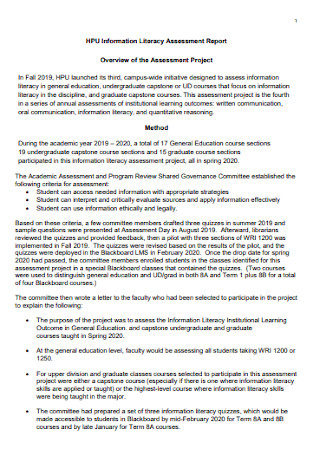
Literacy Assessment Report
download now -
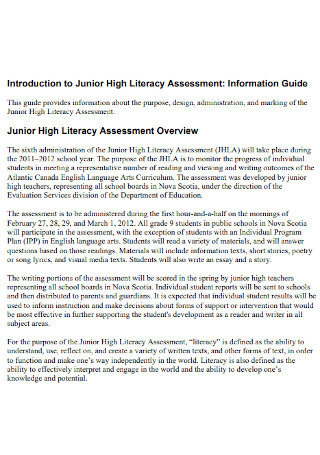
Junior High Literacy Assessment
download now -
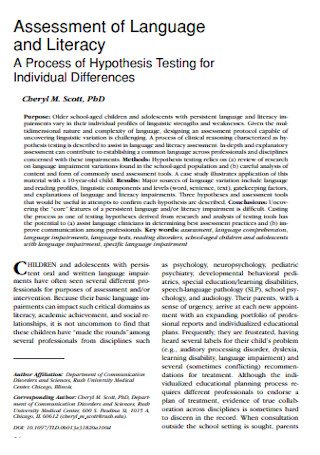
Assessment of Language and Literacy
download now -

Literacy Assessment Practicum Template
download now -

Conversational Health Literacy Assessment
download now -

Quantitative Literacy Assessment Report
download now -
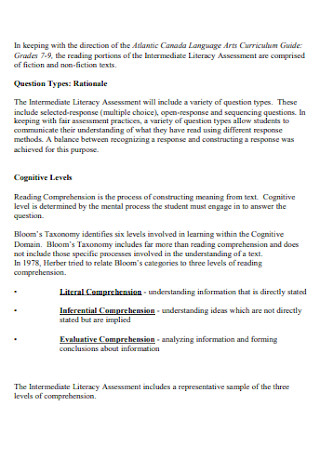
Intermediate Literacy Assessment
download now -
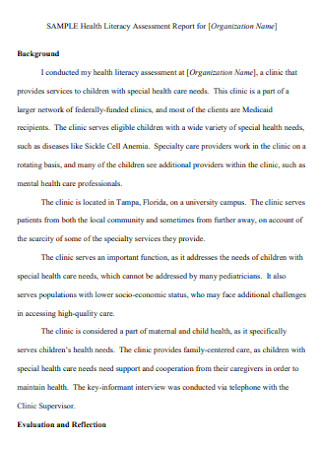
Health Literacy Assessment Report
download now -

Formal Assessments in Literacy
download now -
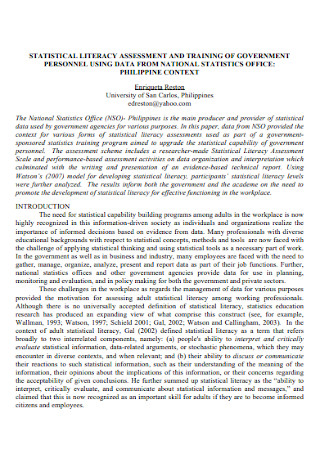
Statistical Literacy Assessment
download now
FREE Literacy Assessment s to Download
32+ Sample Literacy Assessments
What is a Literacy Assessment?
Different Types of Literacy Assessments
Benefits of Using a Literacy Assessment
Basic Features of a Literacy Assessment
How to Write a Literacy Assessment
FAQs
What are some examples of literacy assessments?
What is the importance of literacy assessment?
What are the essential steps in developing a literacy assessment?
What are different types of literacy assessments?
What is a Literacy Assessment?
A literacy assessment is a clear and well-designed document that outlines multiple kinds of approaches, tools, and methods in literacy teaching and learning which assesses student performance. This is beneficial to the learner as it involves eclectic practices and perceptions, and cognitive activities in helping the students learn.
According to a 2020 report published by NWEA Research, grade 3-8 students performed similarly in reading to same-grade students in fall 2019 but about 5 to 10% of points lower in math during the fall of 2020. Also, many students made some learning gains in both reading and math since the start of COVID-19 pandemic but the gains in math were lower on average in fall 2020 than former years. Thus, educators, teachers, school counselors, tutors, and other teaching professionals should have a definite goal of thoroughly assessing and accurately determining factors, risks, strengths, and competencies through an effective and systematic literacy assessment.
Different Types of Literacy Assessments
The assessments used in the classrooms and schools in informing the state policies were explained in a method which assists educators, teachers, principals, and especially the students who create a story that appears to be valuable for everyone. However, many teachers globally struggle as they try understanding what their students know and can perform, making fine adjustments based on the needs of the students. In this section, you will know and understand more about the different types of literacy assessments:
1. Diagnostic Assessment
Stephanie L. McAndrews wrote in Literacy Assessment and Metacognitive Strategies that diagnostic assessment is a type of literacy assessment which allows for an in-depth analysis of the present knowledge, skills, and strategies so that teachers and educators are able to acquire a clear understanding of the student’s literacy processes. So,it is crucial to create a diagnostic assessment to reinforce the background knowledge and strengths of the student and to analyze the specific mistakes of the student. One example of diagnostic assessment is an informal reading inventory with an analysis of miscues, oral reading methods, and comprehension elements.
2. Formative Assessment
Do you need to form a plan to improve your students’ learning? One of the best methods in helping students with the full support of peers, instructional leaders, and principals is using a formative assessment. It is a type of literacy assessment which includes types of tasks, tests, activities, and observations, providing the teachers a stream of information and feedback concerning their teaching and their students’ learning. Educators and teachers should have an effective understanding of content-area concepts, processes, facts, especially on how formative assessment is performed. Plus, creating a formative assessment is beneficial as it yields sound information on the student learning. Observations, analysis of student responses, and planned-for interactions are some different kinds of formative assessment.
3. Benchmark Assessment
Being provided across many classes, an entire grade level, a whole school, or across a school district, a benchmark assessment is significant when it comes to understanding if students gain proficiency in specific standards and are prepared in moving forward. This is an assessment tool that acts as a “predictor”in defining test scores. Also, it is utilized in measuring the academic progress of large groups of students, as well as helping teachers in discerning what lessons they should emphasize and which students need additional support. Developing an effective benchmark assessment is essential in helping teachers drive future instruction and giving the data as quickly as possible.
4. Interim Assessment
In a 2010 study, 82% of urban school districts reported that they have implemented several forms of interim assessment, and 69% had started implementation following the enactment of No Child Left Behind (NCLB). In order to raise student achievement and address achievement gaps, interim assessments are developed by school districts to provide necessary data which can be utilized through the school year, especially in monitoring student achievement and progress toward reaching state curriculum standards. Thus, interim assessments provide the fundamental information that can be used at the classroom or individual student levels along with the aggregate across classrooms and schools. On the other hand, teachers can use the assessment data in examining their own instruction.
5. Summative Assessment
A summative assessment is the most common type of literacy assessment that many teachers use, especially during the finals of the students. It records how much information was saved in the minds of the students at the end of a designated period of learning like a unit, semester, or academic year, as well as evaluating the levels of learning and understanding of the students. Also, it is used for accountability of schools, teachers, and students. Usually, teachers create summative assessments by using video to catch the attention of the students with audio and visual items.
Benefits of Using a Literacy Assessment
Kofi Annan said: “Literacy is a bridge from misery to hope. It is a tool for daily life in modern society…For everyone, everywhere, literacy is, along with education in general, a basic human right…. Literacy is, finally, the road to human progress and the means through which every man, woman and child can realize his or her full potential.” Thus, a literacy assessment can be a valuable tool in enhancing student learning and igniting progress. What are the notable benefits of using a simple and cohesive literacy assessment? Below are some of the primary benefits of using a literacy assessment:
1. Facilitates Instruction
Using a literacy assessment can be helpful in facilitating instruction as it clarifies learning goals and objectives, determines strengths and weaknesses, demonstrates personal-social development of the students, and contributes student motivation. Teachers can know their own skills that are connected to assessment as well. This will guide them in designing a course to learn and using proper assessments that inform engaging instruction.
2. Enhances Communication
Through conducting literacy assessment, teachers, educators, school counselors, and principals are efficient when it comes to informing parents or guardians concerning the learning program of the school and how their children are achieving well in the intended learning goals and objectives. This will prevent misunderstandings and complex issues from happening involving the parents or guardians, school faculty, and the students.
3. Proper School Administration
“Excellence is an art won by training and habituation. We do not act rightly because we have virtue or excellence, but we rather have those because we have acted rightly. We are what we repeatedly do. Excellence, then, is not an act but a habit,” Aristotle said. With the implementation of effective literacy assessments, it can help in maintaining excellence and proper administration inside the school because it determines promotion and graduation, awards honors, determines athletic eligibility, and reports to other schools and possible employers.
4. Effective Guide for Students
Students who engage in literary assessments help themselves to become self-reflective as they develop reflective habits of mind and enhance their learning abilities inside the classrooms, as well as cultivating other disciplines. They can also monitor and assess their personal learning with effective guidance. Also, literacy assessment is integral in helping students to develop their educational and vocational plans in a realistic way.
Basic Features of a Literacy Assessment
In this section, you will learn how to construct a remarkably written and well-designed literacy assessment. However, a literacy assessment report has different features. Include the following elements for you to create an impressive document:
How to Write a Literacy Assessment
Does the literacy assessment align with your teaching goals and philosophy? Does it measure what is important? Does the assessment provide both quantitative and qualitative data about the specific strengths and areas for growth of the students? How frequently should the same literacy assessment be given? Being a professional teacher or educator, it is crucial to answer these questions properly while selecting the right literacy assessment for your students. Below are some easy-to-follow tips that indicate how to design and create a professional literacy assessment report:
Step 1: Research the Needs of the Students
Give some adequate time in researching the needs of the students as you look for essential information concerning their personal issues and other concerns in their learning. Obtain some data from their previous assessments and evaluations so that you can grasp and target their specific needs accurately. So, conduct a research and background check about the students. Then, organize the collected data on a preliminary literacy assessment form. Doing this will help you in setting realistic goals.
Step 2: Examine Students’ Concerns and Issues in Learning
Talk closely with the students and their parents or guardians so that you are able to examine and understand particular concerns and issues that your students are facing in learning. For example, the students are having difficulties in solving mathematical problems or learning a specific language in the classroom. Observe the factors that might affect their learning. This will be helpful when you formulate clear expectations as you confirm what kind of progress the student needs to be making at key stages.
Step 3: Use Effective Assessment Tools and Strategies
During the assessment, it is important that you analyze and measure the learning development of your students while using effective literacy assessment tools such as question-asking, drama, narratives, digital communication, spoken-word poetry, writing, images, and video. Also, work together with other teachers and school administrators and counselors in developing a richer literacy curriculum and designing purpose-driven activities and projects to showcase the strengths of the students.
Step 4: Adapt your Teaching Method
When you develop the profile of different learners in your class, you should implement additional support and extension by adapting your teaching method based on their learning skills and competencies. Allow their needs and interest to shape the teaching which requires you and other teachers to be considerate and mindful in your teaching practice. So, target teaching is beneficial as it adapts and evolves according to the collected data during the assessment.
Step 5: Reflect on Teaching Practice
After that, reflect on your teaching practice by selecting the appropriate assessment activities and materials that will generate an enormous impact for the students’ learning. Many teachers and schools construct pictures of successful learners, set up plans, coordinate delivery, track progress and revise teaching when new assessments are made.
Step 6: Develop a Systematic Plan
The final step is to develop a systematic plan in supporting the needs and desired expectations for the students. This plan is beneficial to execute right away so that you and other school faculty members can work as one in helping the students to improve their skills, competencies, and learning abilities.
FAQs
Some examples of literacy assessments are academic literacy assessment, graduation literacy assessment, examining literacy assessment, teachers literacy assessment, digital literacy assessment, cancer literacy assessment, health literacy assessment, community-based literacy needs assessment, food literacy assessment, financial literacy assessment, assessment for technological literacy, language and literacy assessment, and more.
What are some examples of literacy assessments?
The importance of literacy assessment is to assist teachers in understanding, analyzing, and utilizing data on student performance, and to examine the performance levels of students on different kinds of literacy tasks such as a wide-range of practices and perceptions, and cognitive activities. Also, it involves all factors of assessments including formative response, student writing, and other designs of high level assessments.
What is the importance of literacy assessment?
Observe and collect sufficient information that will demonstrate the skills, knowledge, interests, strengths, and weaknesses of the learner, the current status of their learning process, the specific needs of the learner, certain resources, and many others. Establish definite goals and objectives, and formulate expectations. Then, implement further support and adapt your teaching based on the collected data. After that, reflect on the practice.
What are the essential steps in developing a literacy assessment?
The different types of literacy assessments are diagnostic assessment, benchmark assessment, formative assessment, interim assessment, screening assessment, progress monitoring, reflective assessment, resource assessment, and summative assessment.
What are different types of literacy assessments?
Educators, teachers, and other teaching professionals need to have diligence, thoughtfulness, creativity and collaboration when it comes in monitoring the students’ cognitive development, oral language development, decoding and fluency skills development, comprehension abilities, compositional skills development, strategic skills and critical thinking development, and many other areas in their learning. Literacy assessments must seek in understanding one’s development in his or her skills. Therefore, writing a clear and well-detailed literacy assessment is a beneficial tool in supporting the students’ learning. So, here are some of our downloadable and printable literacy assessment report samples available in different kinds of formats. Simply click the sample literacy assessments in this article and start downloading now!
